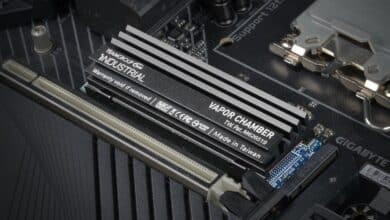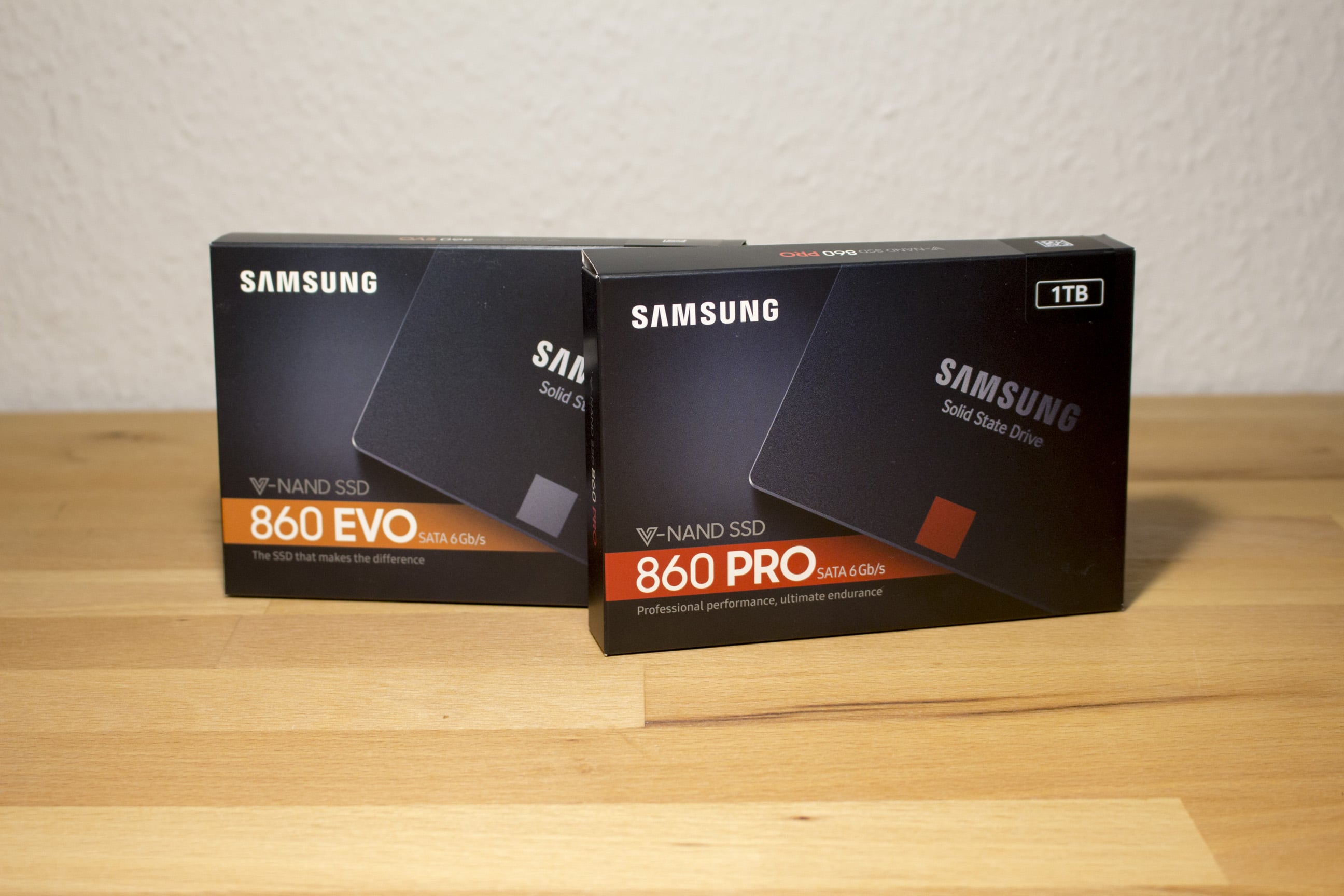
Intel sold its SSD division late last year to SK Hynix, which spawned a new SSD manufacturing subsidiary called Solidigm. Shortly after, SK Hynix showed off its first PCIe 4.0 SSD in the form of the P41, which has now reached market maturity in the consumer segment with the very similar Solidigm P41 Plus.
Solidigm P41 Plus with up to 4,125 MB/s
The Solidigm P41 Plus marks the new company’s first client SSD. It relies on the PCI Gen4 standard, but turns out comparatively slow in return. The new SSD was presented to the public on August 02 and is said to stand out primarily for its price-performance ratio.
The manufacturer promises speeds of up to 4,125 MB/s in sequential read and a maximum of 3,325 MB/s in sequential write. Both values apply to the highest offered capacity of 2 TB. There are also somewhat slower and smaller models with 1 TB and 512 GB.
Nevertheless, even the top rates are rather slow compared to the PCIe 4.0 competition. These reach up to 7,000 MB/s with a similar connection, but Solidigm rather targets everyday users here, who they want to appeal to with a fair price.
The P41 Plus is offered in three forms, namely in the M.2 2230, 2242 and 2280 formats. Official technical data is quite scarce in the announcement. However, the ComputerBase magazine apparently has a data sheet of the SSD, which talks about lifespans of a maximum of 800 Total Bytes Written for the 2 TB model and only 200 TB for the 512 GB variant.
SSD without DRAM cache
The Solidigm P41 Plus SSD relies on a 144-layer 3D NAND along with four bits per cell manufactured by Intel. Thus, SK Hynix’s own NAND solutions, which even offer 4D NAND in the meantime, are not used yet.
However, the manufacturer once again confirmed to Serve The Home that the P41 Plus will not have its own DRAM cache. The Silicon Motion 2269XT is used as the controller.
On the other hand, the shortcomings are to be corrected with Synergy software. This is an optional suite, but the manufacturer recommends it. Besides the drivers and the monitoring of the SSD, the software enables accelerating read accesses thanks to intelligent “host-managed caching”.
This is said to monitor and analyze usage patterns to filter out high-priority data and keep it in the cache. This is said to “enable faster writes as the drive fills up,” according to Solidigm.
Serve The Home shows two benchmarks from PCMark 10 and Final Fantasy XIV: Endwalker for this, in which the Synergy software provides a performance plus and a reduction in load time, respectively. At least the Intel SSD 670p is clearly superior in both aspects. The manufacturer has not yet mentioned details about the prices and availability of the Solidigm P41 Plus SSD.




No replies yet
Neue Antworten laden...
Gehört zum Inventar
Beteilige dich an der Diskussion in der Basic Tutorials Community →